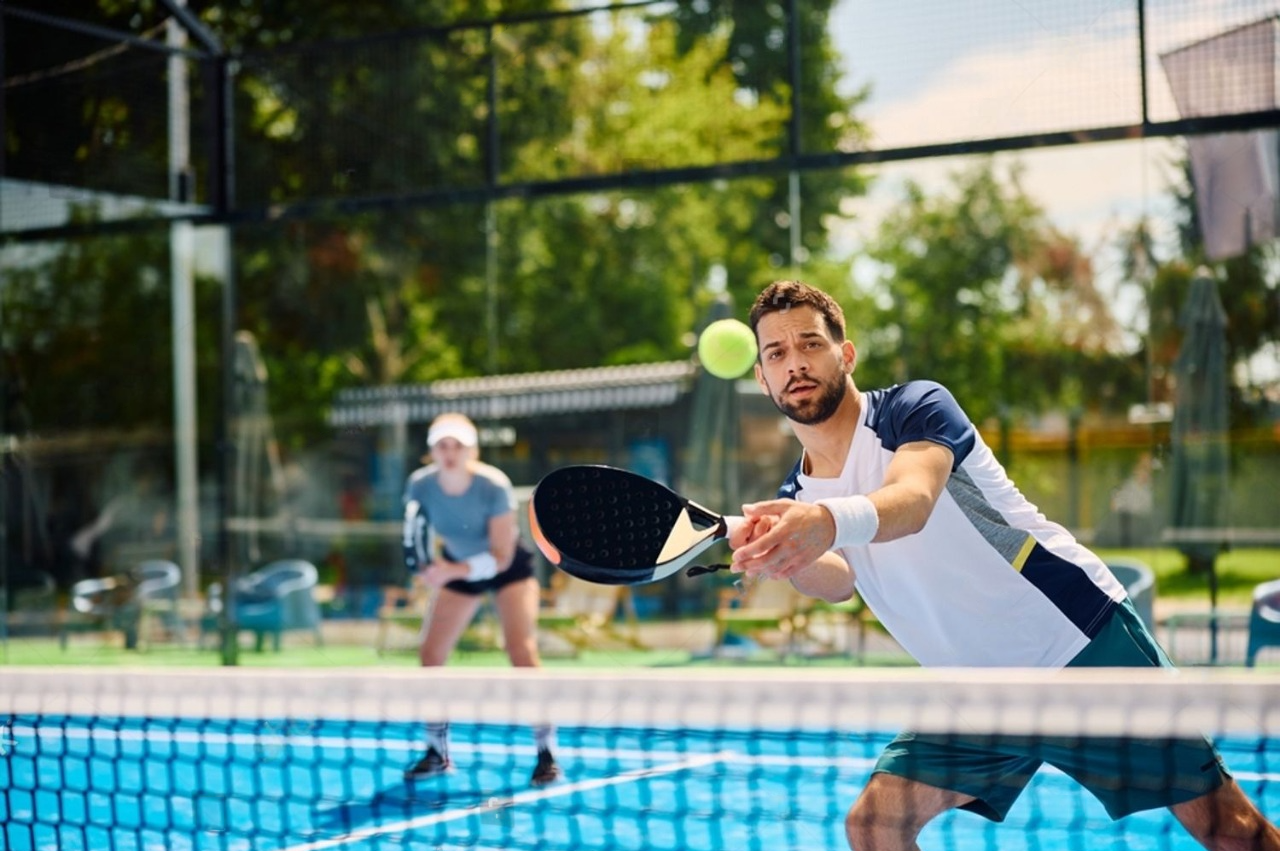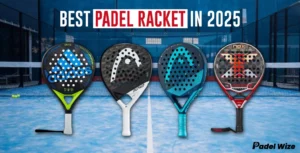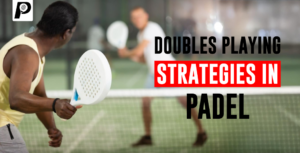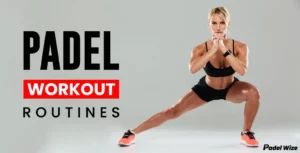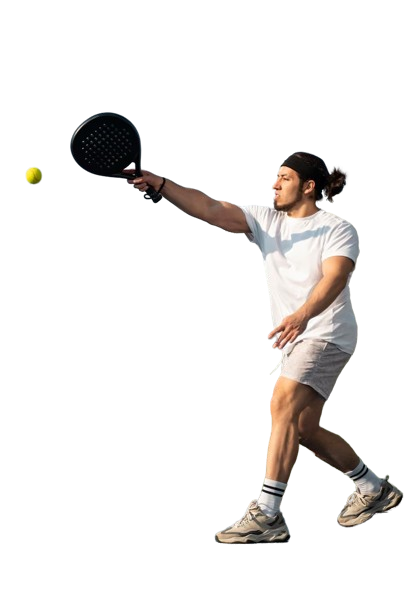Padel, a sport combining elements of tennis and squash, is gaining immense popularity worldwide. Known for its fast-paced action and social nature, padel is accessible to players of all ages and skill levels. Whether you’re a seasoned athlete looking for a new challenge or a complete novice, mastering the basics of padel is essential for enjoying the game and improving your skills. This is a beginner’s guide to Padel Game that will cover everything you need to get started, from understanding the rules to perfecting your technique.
Understanding the Basics
What is Padel?
Padel is typically played in doubles on an enclosed court slightly smaller than a tennis court. The court is surrounded by glass and mesh walls, which the ball can bounce off, adding an extra layer of strategy to the game. The scoring system is identical to tennis, with matches usually consisting of the best of three sets.
Related: The Fusion of Tennis and Squash Taking the World by Storm
Equipment
To get started, you’ll need the following equipment:
- Padel Racket: Unlike tennis rackets, padel rackets are solid with perforations and no strings.
- Balls: Padel balls are similar to tennis balls but slightly less pressurized.
- Proper Attire: Comfortable sportswear and non-marking court shoes.
Related: Gear Up for Success: A Guide to Padel Equipment
Basic Rules and Scoring
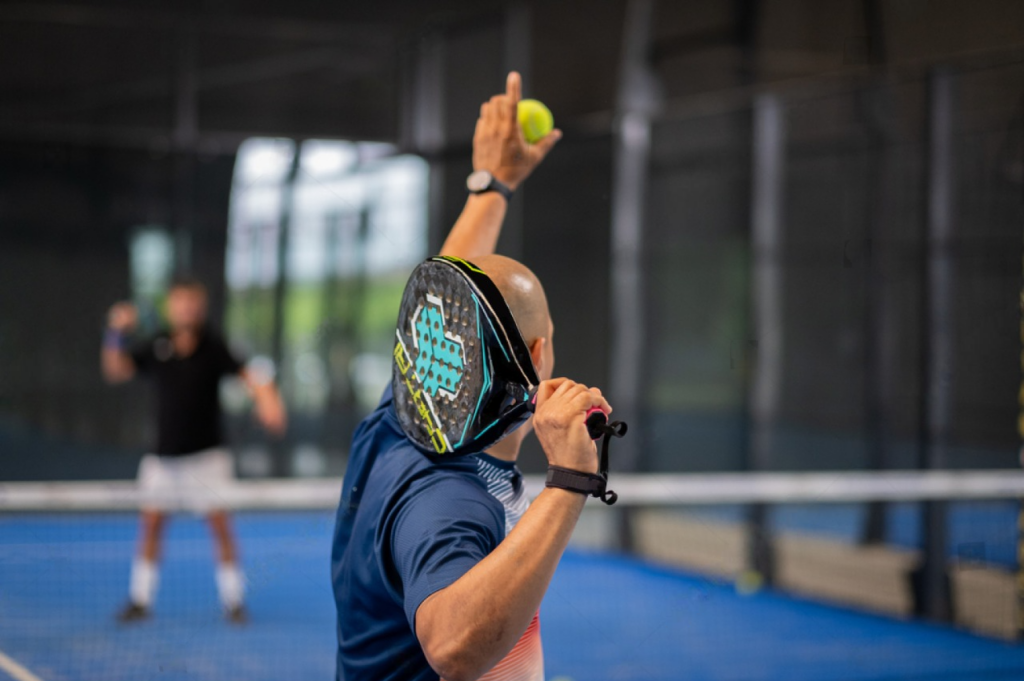
Court Dimensions
A padel court is 10 meters wide and 20 meters long, divided by a net. The walls are part of the playing area, and understanding how the ball interacts with them is crucial.
Scoring
Scoring in padel follows the same format as tennis:
- Points: 15, 30, 40, and game.
- Games: Six games to win a set.
- Sets: Best of three sets to win a match.
Serving
- The server must stand behind the service line.
- The serve is underhand and must bounce once before hitting the service box diagonally opposite.
- The ball must not touch the side fence after the bounce.
Playing the Game
- The ball must bounce once before hitting the wall.
- Players can hit the ball directly or after it bounces off the walls.
- Volleys (hitting the ball before it bounces) are allowed except when receiving a serve.
Fundamental Techniques
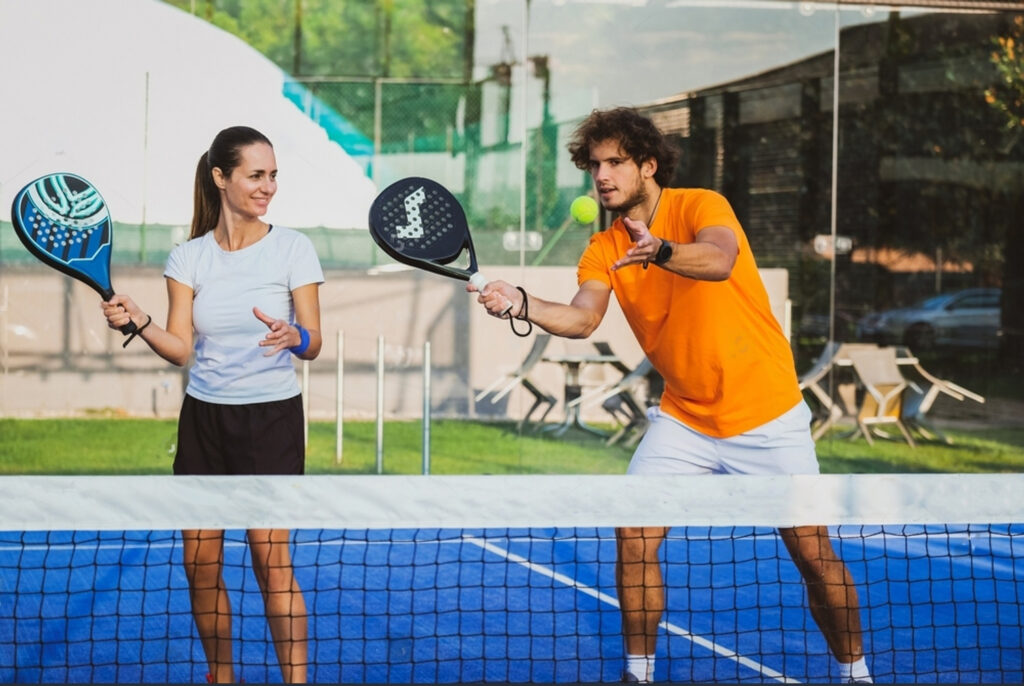
Grip
There are two primary grips in padel:
- Continental Grip: Versatile and commonly used for serves, volleys, and defensive shots.
- Eastern Forehand Grip: Provides more control for forehand shots.
Stance and Footwork
- Ready Position: Knees slightly bent, feet shoulder-width apart, and weight on the balls of your feet.
- Movement: Quick, short steps to maintain balance and reach the ball efficiently.
Basic Strokes
- Forehand: Swing low to high, follow through across your body.
- Backhand: Similar motion to the forehand, using both hands if needed.
- Serve: Underhand with a controlled follow-through.
- Volley: Short and controlled, using the wrist more than the arm.
Strategies: A Beginner’s Guide to Padel Game
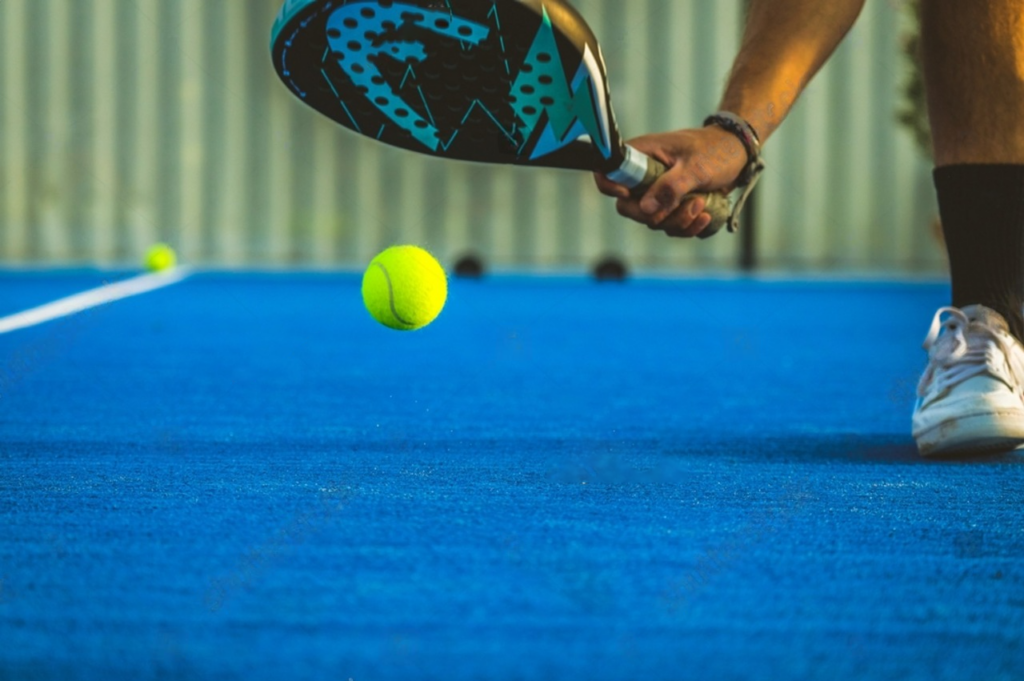
Positioning
- Stay close to your partner and cover the center of the court.
- Move as a unit to maintain effective court coverage.
Communication
- Constantly communicate with your partner to avoid confusion and overlapping.
- Use signals or verbal cues to coordinate shots and movements.
Shot Selection
- Focus on consistency over power. Aim to keep the ball in play.
- Use lobs to push opponents back and create opportunities to attack.
Related: A Comprehensive Guide to Padel Training
Common Mistakes and How to Avoid Them
Poor Footwork
- Practice footwork drills to improve movement and balance.
- Always return to the ready position after each shot.
Incorrect Grip
- Ensure you are using the correct grip for different strokes.
- Practice gripping the racket correctly until it becomes second nature.
Overhitting
- Focus on control rather than power, especially when starting out.
- Aim for placement and consistency to outmaneuver opponents.
Advanced Tips
Use of Walls
- Practice hitting the ball off the walls to get comfortable with rebounds.
- Use the walls strategically to set up shots and confuse opponents.
Spin and Angles
- Experiment with adding spin to your shots for more control and unpredictability.
- Aim for sharp angles to force opponents out of position.
Mental Game
- Stay calm and focused, especially during long rallies.
- Develop a strategy with your partner and stick to it.
Conclusion
Mastering the basics of padel involves understanding the rules, developing proper techniques, and practicing consistently. By focusing on grip, footwork, and basic strokes, beginners can quickly improve their game. Remember to communicate effectively with your partner and develop a strategic approach to each match. With dedication and practice, you’ll be on your way to becoming a proficient padel player, ready to enjoy this exciting and dynamic sport. Happy playing!

